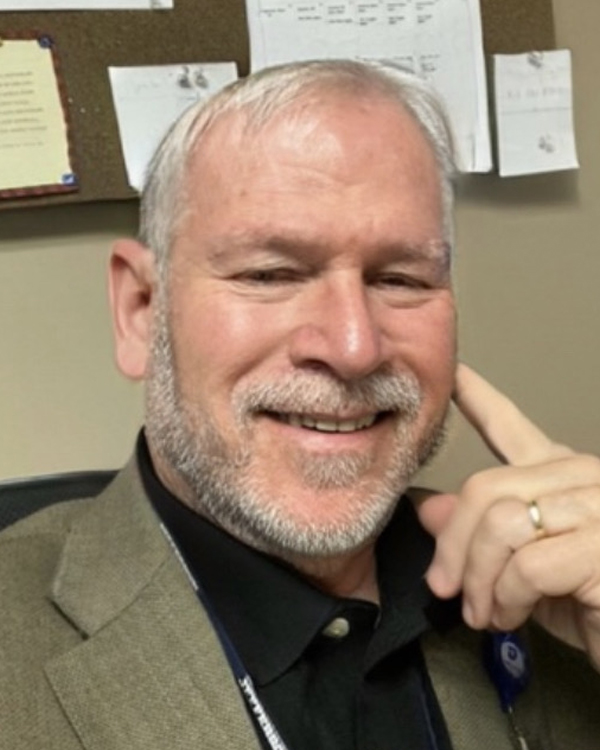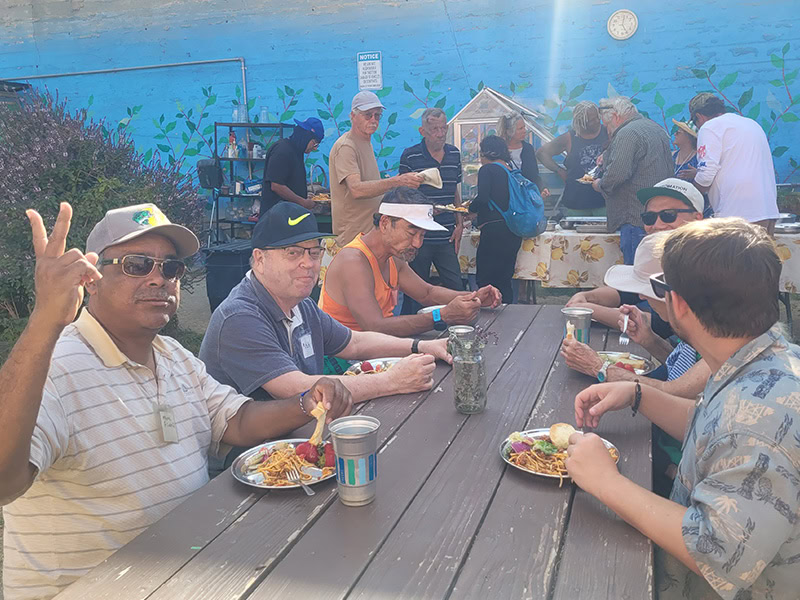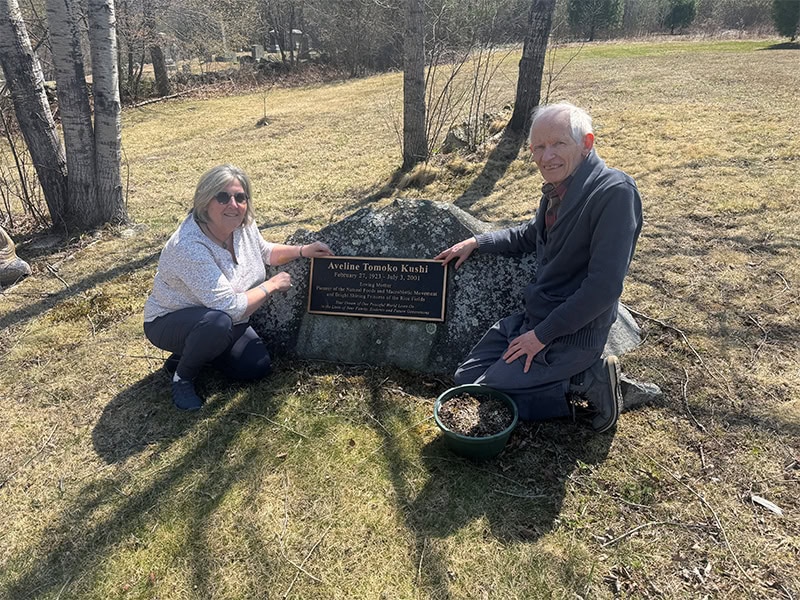by Jay Barry
Our story begins with a soldier. He was on horseback, entering the city during a time of war. It was a winter day, and he saw a man who appeared desperate, and cold.
The soldier approached him; he took off his own coat, and ripped it in half. He wrapped this around the man’s shoulders so he would be warm.
This is the beginning of the legendary story of St. Martin. This story is not from the Bible, for it originates three centuries after the Lord’s birth. However, if we look at the story through the lens of Swedenborg it has great depth.
We’ll finish the story in a minute, but first let’s look at the symbolism of the coat in Swedenborg’s theology. In Hebrew, the word for coat, garment or robe is kutonet.
In the Word, the first time kutonet appears is early in Genesis in the story of Adam and Eve. After they ate of the Tree of the Knowledge of Good and Evil, Adam and Eve realized they were naked. “And the Lord God made them garments…and clothed them.” He covered them with a kutonet, a robe to protect them.
Clothing takes many forms in the Word, whether it be a dazzling white robe, or humble swaddling clothes. Clothing of any kind represents a covering of love and wisdom that protects the essence of who and what we are. This can spark a personal reflection: what aspects of love and wisdom protect you, and keep you whole when facing the harsh realities of life?
Swedenborg’s theology identifies all the places where clothing is mentioned in the Word. For example, there is Joseph’s coat of many colors, and also the shining robe the Lord wore when he was transfigured: “His face shone like the sun, and his clothes became white as light.” One of the most subtle and evocative symbols of clothing is the seamless robe, Jesus’ inner tunic that He wore at the crucifixion.
In another example, do you remember the woman who reached out and touched the robe of the Lord as he passed by in the marketplace? The robe she touched signifies divine truth in its inward form.
Like us, the woman was a seeker, reaching out for a certainty that she did not believe that she possessed. Her act of touching the Lord’s robe reminds us of this promise: if we seek, we will find what we are looking for. She sought, reached out, and she touched the truth in Divine human form.
So, the truths we internalize, and follow, and the integrity we live are the spiritual garments we wear.
Going back to the story, the soldier had a dream during the night after he divided his coat. In the dream he was back on the road and saw the same man freezing in the cold. He approached him, ripped his warm coat in half, and placed it around the man’s shoulder. Then, he looked into his eyes; the man was Jesus.
The soldier woke up from the dream and looked for his coat. What he found was miraculous: his coat was whole, intact, not ripped in half but in one piece, ready for use again.
St. Martin became the patron saint of chaplains, and the Swedenborgian Church is a church of many chaplains. Perhaps this is because we are called to reach out to humanity with comfort, reassuring them throughout the cold realities of illness and uncertainty.
Like St. Martin, we have a special connection with the vulnerable: sojourners, the ill, the forgotten, the lonely, the marginalized, and the homeless. Our common values as a church ask us to help heal the world, one relationship at a time.
We cannot heal the brokenness of the world, but we can give of ourselves. And when we do, what we give is restored—like St. Martin’s robe—so we may give again.
Read the full issue of the Fall 2023 Messenger

Meet Jay Barry
Rev. Jay Barry is a hospital chaplain in Philadelphia, and married to Barbara Barry.



